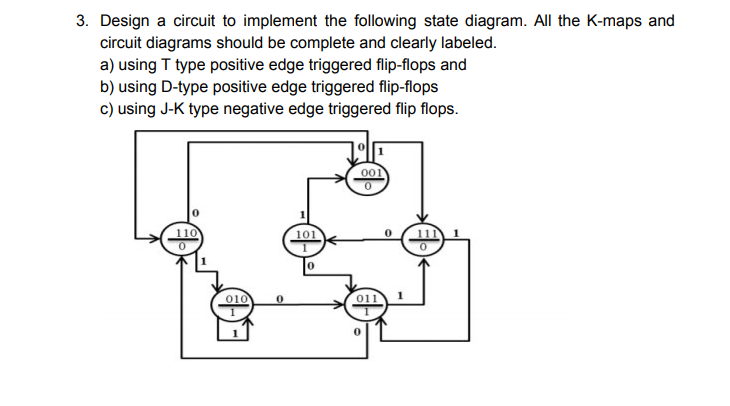


However, a flip-flop will be used as part of the circuits in chapter 10. The state of the output of the flip flop is set or reset depending upon the state of the input at positive edge of the clock. So this chapter will not implement a flip-flop. In positive edge triggered flip flops the clock samples the input line at the positive edge (rising edge or leading edge) of the clock pulse. This is illustrated in Figure \(\PageIndex\): Actual implementation of a D flip-flopĭue to a problem known as debouncing, it is hard to illustrate a flip-flop in isolation as a circuit. The concept behind a flip-flop is that current flowing within a circuit is not instantaneous, but always has a short delay depending on the size of the circuit, the gates that it must traverse, etc. All flip-flops in this text will be positive edge trigger. The flip-flop can be triggered by a raising edge (0->1, or positive edge trigger) or falling edge (1->0, or negative edge trigger). It is said to trigger on the edge of the clock pulse, and thus is called an edge-triggered flip-flop. Hence it is also called clocked sequential circuits.An edge triggered flip-flop (or just flip-flop in this text) is a modification to the latch which allows the state to only change during a small period of time when the clock pulse is changing from 0 to 1. The circuit will change its state for every clock pulse. In these circuits, change in input can affect the memory elements only upon the activation of the clock pulse. The sequential circuits are classified based on the clock pulses given to the memory units. The speed is slower than combinational circuits. The propagation delay is less due to the absence of memory units and so they are faster. Memory is necessary to store the next state variables. The Output produced depends on both the present state and the next state variable. Edge triggering How does a sequential circuit differ from a combinational circuit? Combinational Circuit Sequential Circuit The output always depends on the combination of input variables.How does a sequential circuit differ from a combinational circuit?.


 0 kommentar(er)
0 kommentar(er)
